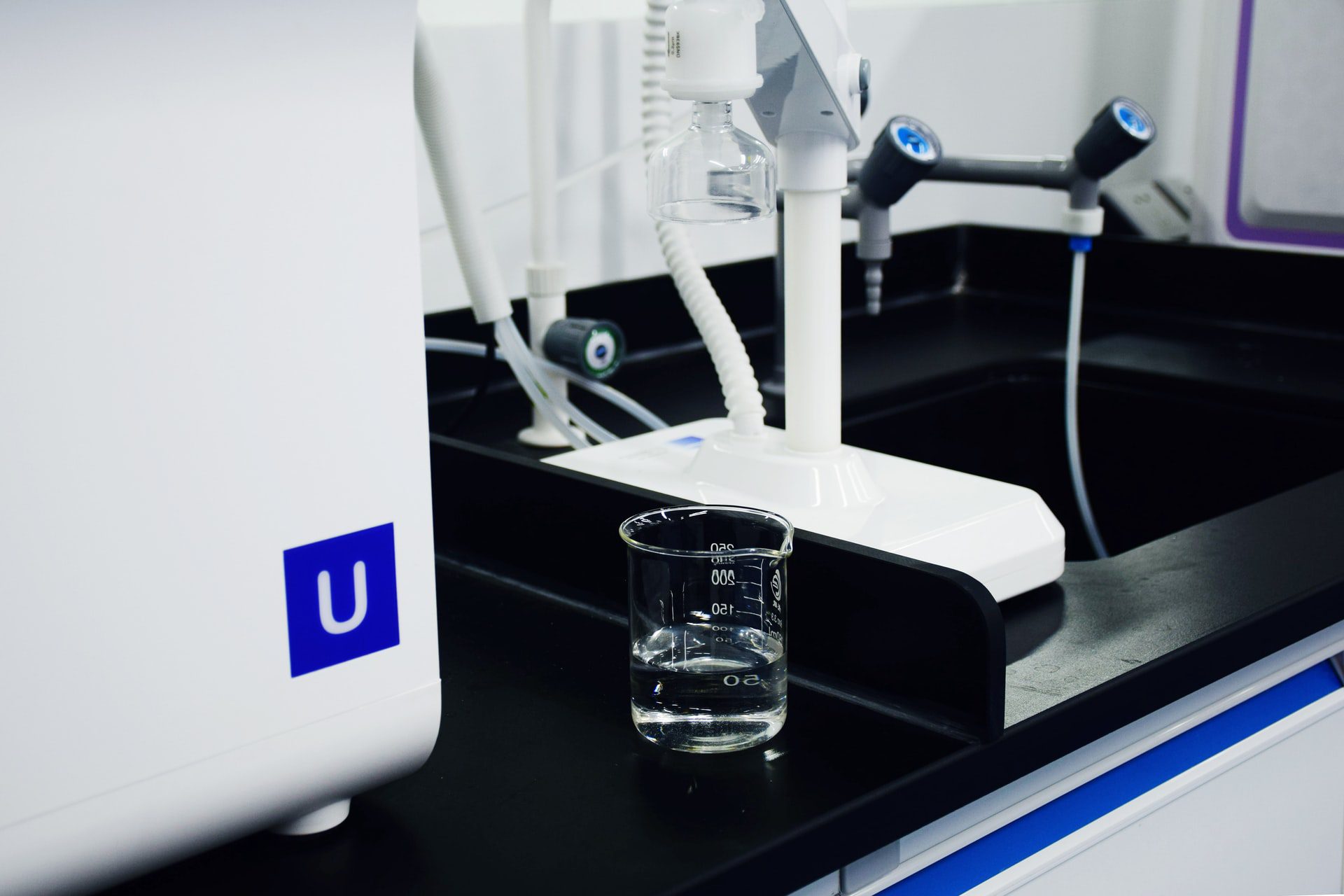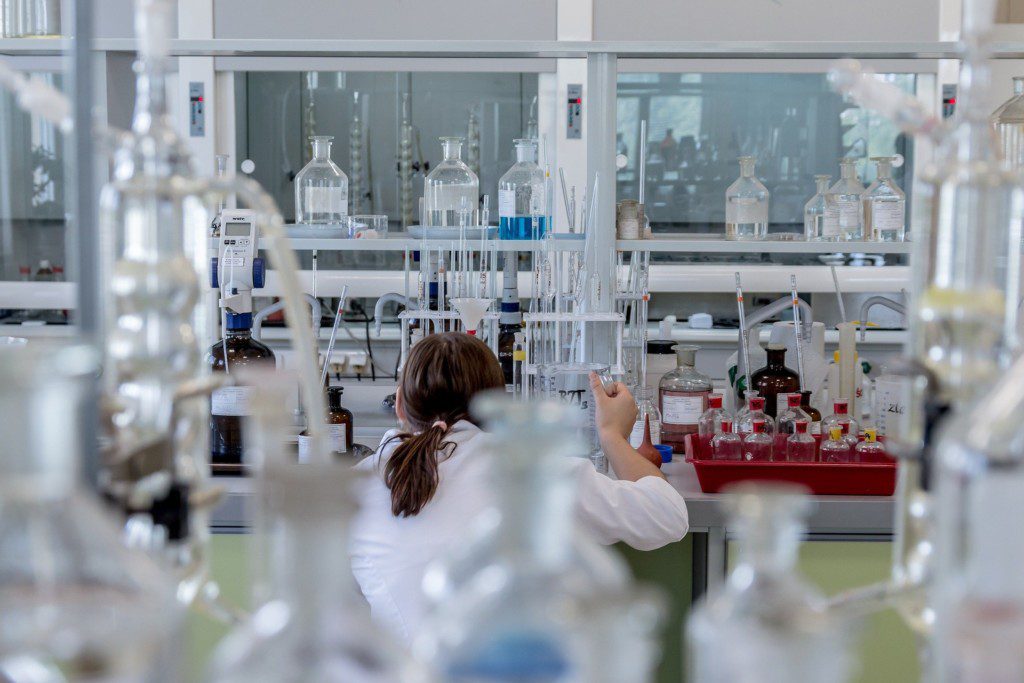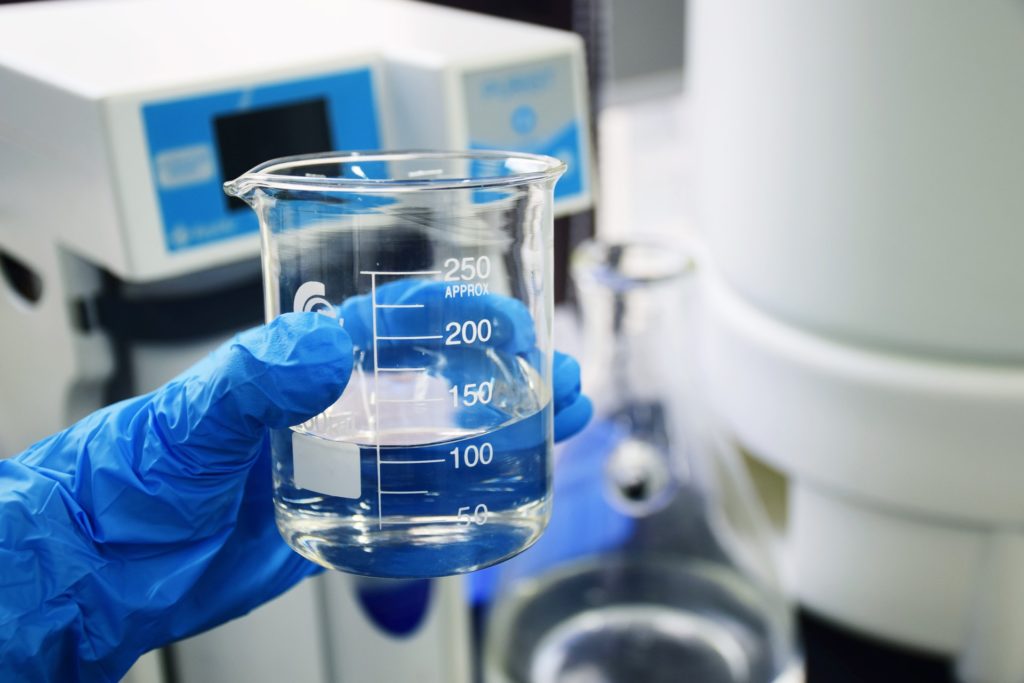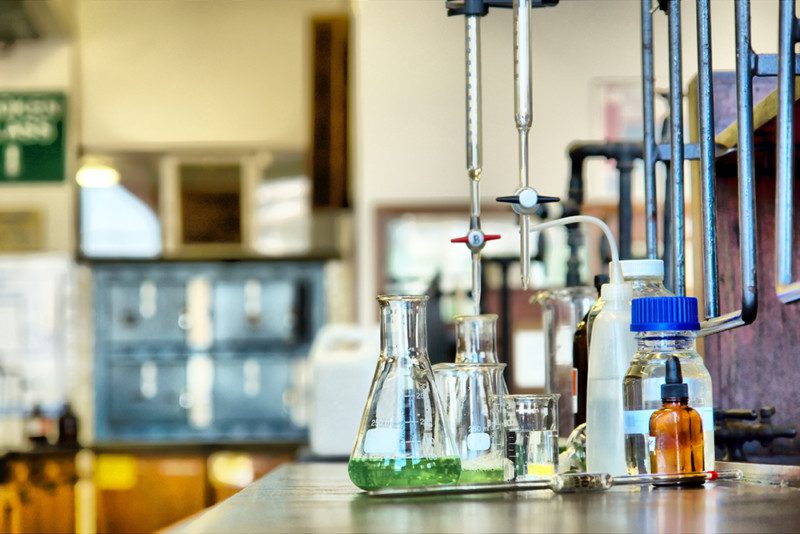08/08/2023 | Conductivity | 9 MINUTE READ
The Potential Uses of AI in Water Laboratories and Conductivity Sensors

Over the past decade, artificial intelligence has spread throughout many different industries, ranging from healthcare and banking to manufacturing and logistics. Similar advancements have been applied to water laboratories and conductivity sensors for the purpose of effectively treating water without incurring high costs. Using artificial intelligence algorithms provides water utilities with the ability to make more informed decisions based off the data and information they receive from these algorithms.
There are numerous ways that AI technology can be used in the water treatment and distribution industries. Along with making processes more efficient, these technologies can help reduce water waste and protect the environment. In this guide, discover how artificial intelligence will revolutionize the water treatment industry in the coming years.

Introduction
Today, most industrial facilities use high amounts of water to ensure that different processes are completed without issue. A single factory that produces semiconductors must use anywhere from two to four million gallons of water on a daily basis, which is enough to meet the daily water consumption needs of around 14,000-27,000 people.
Regardless of the application it’s being used for, the quality of the water must be maintained to certain standards. For instance, most contaminants must be removed from drinking water before it’s sent to residential homes. The EPA maintains strict guidelines that all municipalities are expected to adhere to.
Water that comes from public water systems is measured and analyzed at water laboratories. These labs often use conductivity sensors to identify contaminant concentration and detect any changes to the amount of contaminants that are present in the water.
Artificial intelligence (AI) has become widely used in nearly every industry, the primary of which include the healthcare, retail, and food tech industries. In warehouses, AI has assisted with the development of autonomous vehicle navigation that allows items to be moved without having human operators drive the vehicles. In the healthcare industry, AI is helping improve medical testing and diagnosis, which allows medical professionals to spend more time with their patients.
Even though AI has yet to be widely adopted in the water sector, it has seen a sharp uptick in recent years. The main area of focus has involved digital transformation via real-time data collection and automated monitoring. The latest sensors and SCADA solutions have pushed the industry forward.
There are seemingly countless possibilities when it comes to how AI can benefit conductivity sensors and water laboratories. For instance, this technology should be able to assist with leak detection and prevention. By gathering all the data provided by water sensors, predictive maintenance becomes possible. Preventing these issues ahead of time should minimize disruption and reduce operational costs.
AI is also being used to improve advanced metering infrastructure (AMI) sensors. With these sensors, water companies can record consumption in real-time to calculate the potential flow of water on a large-scale basis.
Artificial intelligence has become more important in the water industry over the past decade because of the challenges associated with maintaining access to relatively clean drinking water. The rapid industrialization that has taken place over the past 50 years has also caused considerable damage to the environment. Both of these issues can be addressed by effectively treating and reusing wastewater.

AI Applications in Water Laboratories
While the technology is still young, AI has already transformed water laboratories in many ways. For instance, sample analysis and data processing tasks have been automated with the use of AI algorithms, which provides the personnel who work there with the ability to focus on other tasks that require more attention and can’t be managed by AI tools at the moment. With these AI algorithms in place, the possibility of human error when analyzing a water sample or gathering data is mitigated entirely.
AI-driven predictive analytics have also been developed and performed for the purpose of detecting water quality issues early on. By using AI to create predictive models, it’s possible to arrive at accurate answers without needing to take environmental conditions or on-site characteristics into account. AI models are capable of learning from the data they gather. If there’s a reason for water quality issues in a facility, it’s possible that this reason will be identified with the use of predictive analytics.
AI models have also assisted with the optimization of water treatment processes to facilitate improved efficiency. Because of how powerful these models can be, any inefficiencies or bottlenecks in your facility’s water treatment processes can be identified and eliminated, which will automatically bolster efficiency and allow you to consume less water.
As touched upon previously, one aspect of AI that has already brought significant improvements to the water treatment industry involves the generation and gathering of real-time data with the use of IoT devices and remote sensing technology. Real-time monitoring makes it possible for water treatment facilities to make near-instant decisions, which should save water and reduce expenses.
AI Applications in Conductivity Sensors
AI applications have resulted in notable advancements to conductivity sensors as well. For instance, AI algorithms are able to boost the accuracy and precision of conductivity measurements by eliminating sampling error and removing environmental conditions from the analysis.
AI-focused models have also helped drive calibration and self-correction mechanisms in conductivity sensors, which ensures that quick alterations can be made if the model identifies an error in how the device is calibrated. Without using AI, operators would need to perform these alterations themselves.
Conductivity sensors that are powered by AI are also helping with real-time data analysis and anomaly detection. Since AI models can gather and analyze copious amounts of data in a short period of time, any issues with your conductivity measurements should be identified and corrected quickly.
If you’re searching for ways to reduce costs, protect the environment, and maintain smart water management, it’s highly recommended that you integrate AI with conductivity sensors in your facility. You’ll immediately benefit from more accurate results and less water and energy waste.

Challenges and Considerations
There are some clear challenges and considerations that should be understood and addressed by water laboratories and treatment facilities before widely adopting AI technology. Some of the most significant challenges involve solving the data privacy and security concerns that occur in AI-enabled water laboratories. While AI models are capable of quickly collecting and analyzing large amounts of data, this data must be stored somewhere. By relying on this information to make decisions, any problems with the facility’s security could result in hackers gaining access to sensitive data.
Facilities are also tasked with making sure that the AI algorithms they use are reliable and easy to interpret for regulatory compliance. As mentioned previously, the EPA and other agencies have strict regulations when it comes to the quality of water. Facilities must understand how to show the EPA that they comply with these regulations even when using advanced AI.
An additional challenge that’s difficult to navigate involves addressing the digital divide and promoting equitable access to AI-enabled technologies. Since the AI industry is still in its infancy, this technology is mainly available to wealthier companies. They can then use AI to improve their results while less successful companies find it more difficult to get by.
Water laboratory personnel must be trained and gain the skills necessary to properly use AI. Integrating this technology is difficult if half the personnel in your facility don’t understand how to parse the data or make actionable decisions based off it.
Case Studies and Success Stories
There have been many successful implementations of AI throughout water labs and water treatment facilities in recent years. For instance, Acciona is a water management and treatment company that has more than 40,000 employees. It has a Water Control Center in Madrid that specializes in making improvements to desalination efficiency and drinking water treatment.
AI has helped with the production of virtual meters that optimize dosing agents throughout their water plants. It’s now possible for Acciona to predict chemical levels in real-time, which can take place from a central location as well as remotely. By integrating this technology, Acciona has substantially lowered the costs of energy and chemical consumption.

Future Prospects and Trends
When it comes to the use of AI in water laboratories and conductivity sensors, the future offers exciting prospects. The potential advancements largely depend on how quickly this technology can be scaled. Over the next decade, AI will likely be used to predict future demand in the treatment and distribution networks.
By effectively analyzing water usage patterns, it becomes possible for AI models to predict how water will be used in the future. AI can also assist with conductivity measurement analysis to make sure that that any issues with a sample or the testing conditions are caught and fixed early on. In the coming years, AI should also be integrated with other emerging technologies, such as machine learning, to promote better water management.
Conclusion
Water laboratories and conductivity sensors should continue using AI at an accelerated pace. In water laboratories, predictive analytics that are driven by AI models allow facilities to identify water quality issues before they even happen. When it comes to conductivity sensors, AI allows for real-time monitoring and more precise measurements.
While there are myriad benefits associated with integrating AI into water labs and conductivity sensors, it’s important that you address the challenges attributed to this technology. By properly using this technology, you can perform advanced water quality monitoring that facilitates smart water management.
If you’d like to harness the full potential of AI in the water sector, continue to research this technology and focus on collaboration whenever possible. The best advancements often occur when companies work together to enact lasting change.
Posted by Dominic O'Donnell on August 8, 2023
Sensorex is a global leader in the design and manufacture of quality sensors for water quality and process applications. The company offers more than 2000 sensor packages for pH, ORP, conductivity, dissolved oxygen, free chlorine, chlorine dioxide, UV transmittance and other specialty measurements, as well as a full line of sensor accessories and transmitters. Its expert technical support engineers solve analytical sensor challenges with custom designs and off the shelf products.




